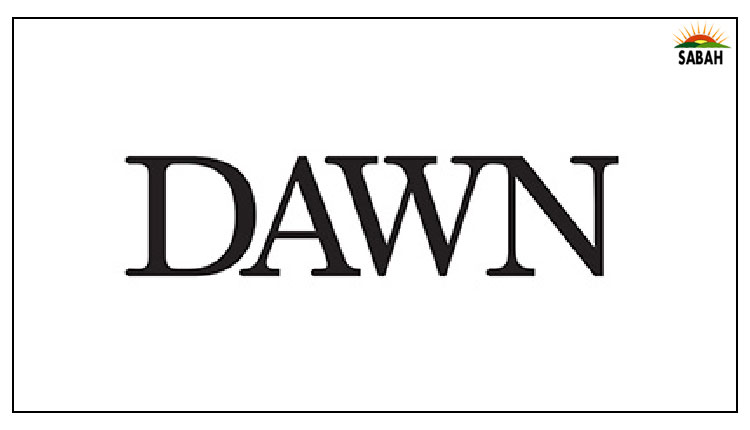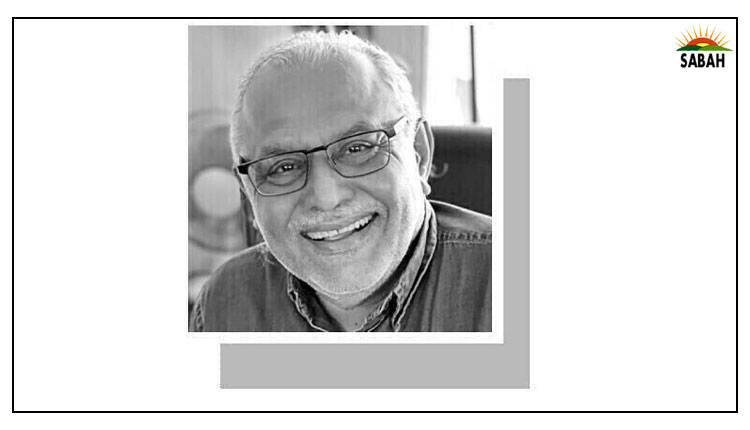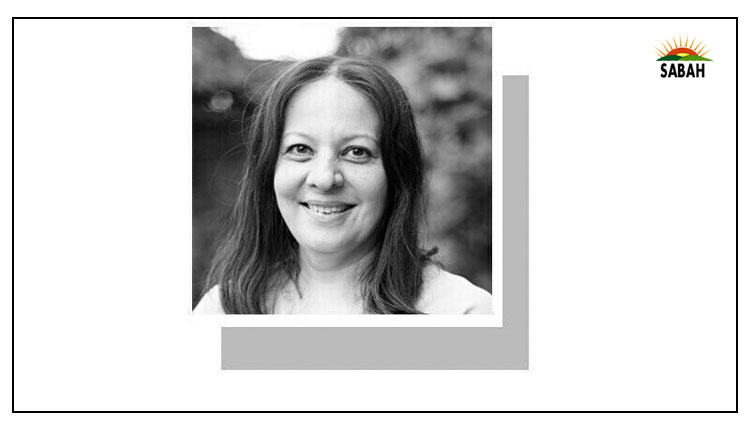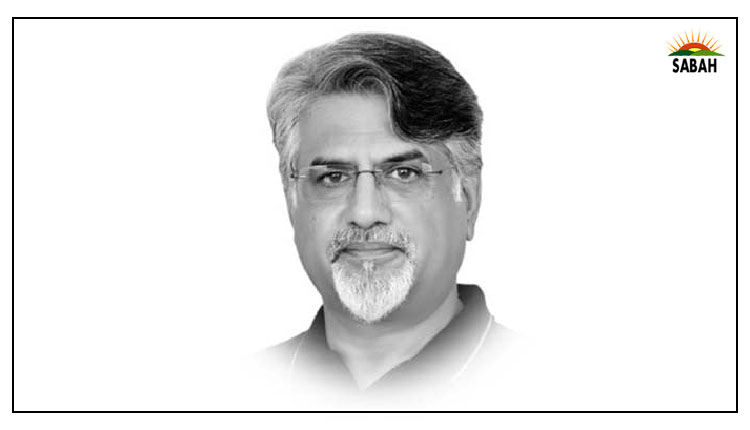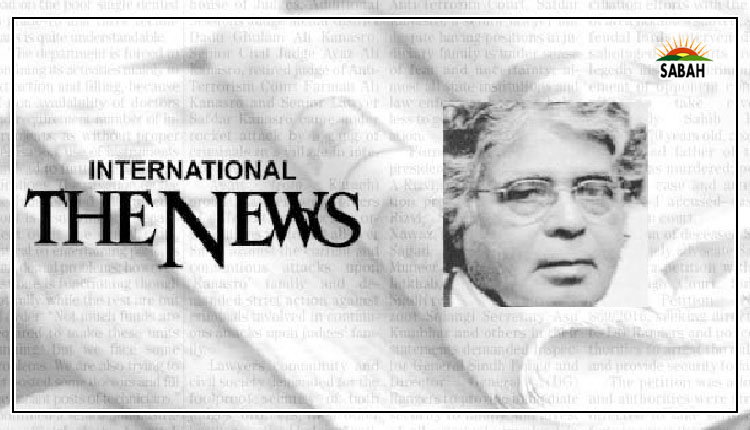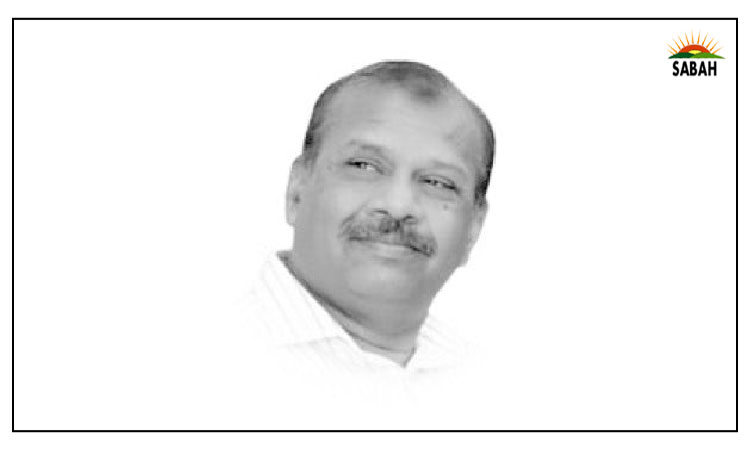Fusion of thoughts… Dr Intikhab Ulfat
As a science researcher, faculty member and lifelong art enthusiast, I have long marveled at the inherent creativity that unites the realms of science and art. To me, science is far more than formulas and experiments; it is, in every sense, an art form. Every hypothesis we test, every experiment we design and every discovery we make carries a creative spirit akin to the one that guides a painter’s brushstroke or a sculptor’s chisel.
This perspective transforms scientific inquiry into a vast canvas on which theories serve as vibrant hues and experiments provide the textures that contribute to a broader understanding of our universe.
Much like art captures the unique nuances of the human experience, science reflects mankind’s boundless curiosity and ceaseless pursuit of understanding. A well-crafted equation or an elegant law of nature can evoke aesthetic awe comparable to that inspired by a masterful painting. Whether unraveling the mysteries of quantum physics or exploring the emotional depths conveyed through music and poetry, our endeavours share a common purpose: the search for truth, beauty and discovery.
Over the years, I have learned that moments of inspiration often arise when diverse ideas intersect. I have experienced sudden breakthroughs during late-night experiments and been struck by how modern art can spark fresh insights. Creativity, I have come to believe, exists not solely within laboratories but in every instance where inquiry and exploration converge.
My time in Sweden, enhanced by participation in interdisciplinary conferences, further deepened my identity as both a scientist and an art lover. The European emphasis on blending tradition with innovation enriched my perspective as I encountered the ideas of thinkers like Kant, Hegel and other European intellectuals who celebrated the union of analytical rigour with creative intuition.
As an educator, I strive to instil in my students an appreciation for this dynamic synergy. I encourage them to look beyond the rigid walls of traditional disciplines and embrace an interdisciplinary approach to learning. I remind them that the creative impulse fueling an artist’s work can lead to groundbreaking scientific breakthroughs.
Much like Iqbal’s poetic call to elevate the self — urging us to transcend limitations and explore new intellectual landscapes — I urge my students to view their academic journey as a quest for holistic understanding. Iqbal’s verses remind us that true progress emerges at the intersection of intellect and emotion, forging a path of self-innovation. Similarly, Ghalib’s poetry, with its delicate weaving of emotional complexity and introspective reasoning, mirrors the multifaceted nature of our inquiries.
The contributions of European thinkers have been equally influential. The philosophical musings of Nietzsche and the artistic reflections of Baudelaire emphasise the beauty found in the tension between chaos and order. Their works, alongside the mystical insights of Rumi, the moral guidance of Saadi and the emotional depth of Latif, encourage a synthesis of reason and imagination, logic and passion. This fusion of thought enriches our cultural heritage and nurtures an environment where both scientific inquiry and artistic expression can flourish harmoniously.
Nurturing a culture of interdisciplinary dialogue allows innovative thinking to thrive. Every experiment becomes an act of creativity; every work of art arises from inquiry. Together, these pursuits enhance our collective understanding of life’s mysteries. By transcending boundaries and merging analytical precision with imaginative insight, we approach a future where human existence is understood through harmonious union.
COURTESY TRIBUNE


